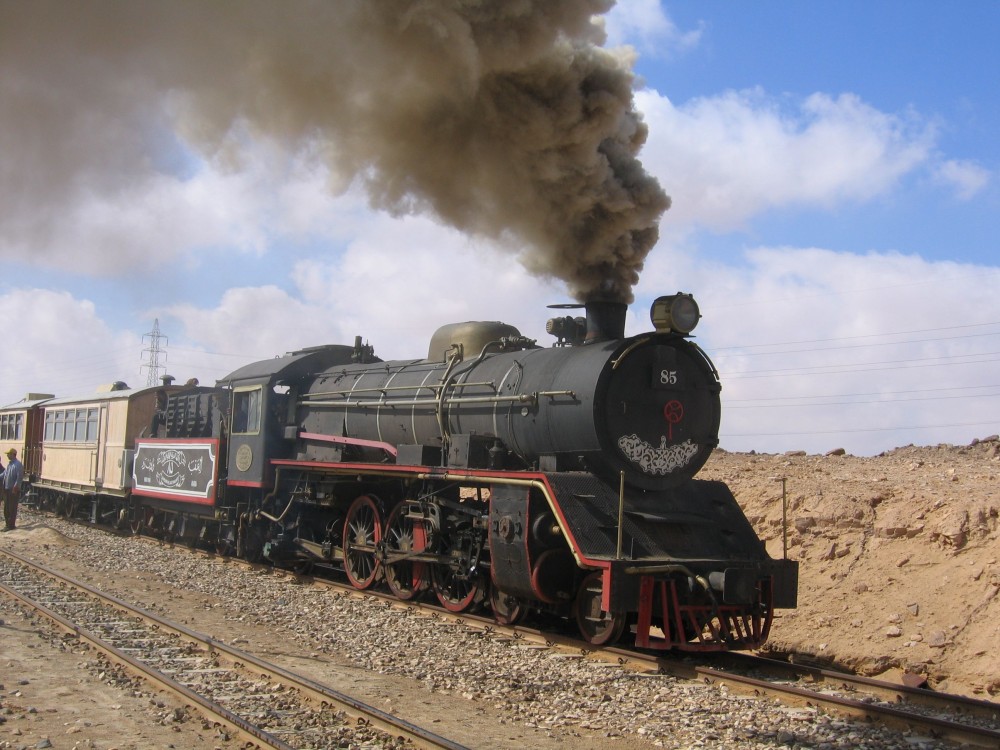
The Hejaz Railway Train of Wadi Rum is a historic relic of the early 20th century, offering a unique glimpse into the past. The train, once part of a major transportation route connecting Damascus to Medina, is an iconic piece of history in the Wadi Rum desert. Known for its role in the Arab Revolt, the railway played a significant part in the fight against Ottoman rule. Today, visitors can explore the remains of the train’s wreckage scattered throughout the desert, offering a fascinating stop for history buffs and curious travelers alike.
Hejaz Railway Train Of Wadi Rum Tours & Excursions
The Basics
The Hejaz Railway Train of Wadi Rum consists of several decaying train cars and engine remains that were once part of the larger Hejaz Railway system, which was originally constructed in the early 1900s. These train remains are scattered across the desert, adding a historical touch to Wadi Rum’s natural beauty. Visitors can view the remains of the train during jeep tours of the desert, where local guides offer insights into the train's historical significance and its role during the Arab Revolt. The site is not far from the main Wadi Rum routes, making it an easily accessible stop for those touring the desert.
Things to Know Before You Go
Before visiting the Hejaz Railway Train remains, it’s important to keep in mind that the site is in a desert environment, so make sure to wear appropriate clothing, including sturdy shoes for walking on rocky and uneven terrain. The remains are not restored, and much of the area is quite exposed to the sun, so sunscreen, water, and a hat are essential. Local guides can offer detailed historical context, making the visit more engaging and informative. Be prepared for a brief stop and ensure you have a guide to navigate the site.
How to Get There
The Hejaz Railway Train remains are located within the Wadi Rum Protected Area and can be reached by jeep. Most visitors to Wadi Rum explore the site as part of a guided jeep tour, which typically departs from the Wadi Rum Village. The journey to the train wreckage takes around 30 minutes, depending on the route and stops along the way. Many tours include this historical stop alongside other desert landmarks like Lawrence’s Spring and the Seven Pillars of Wisdom. It’s best to arrange a tour with a local guide to ensure a smooth visit and a more informative experience.

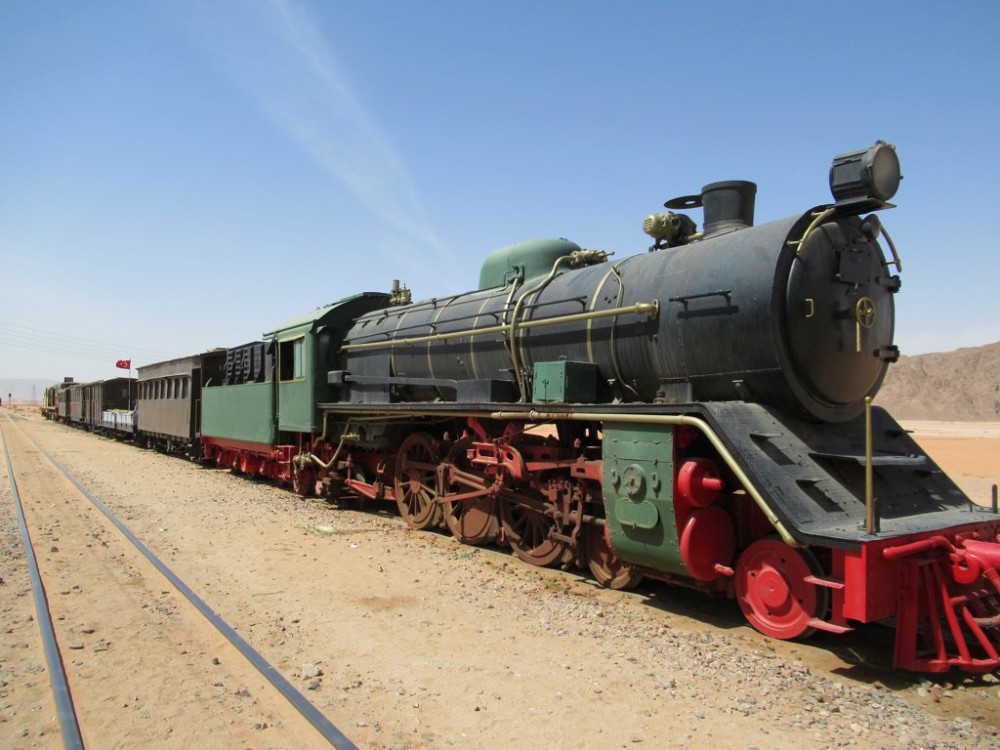

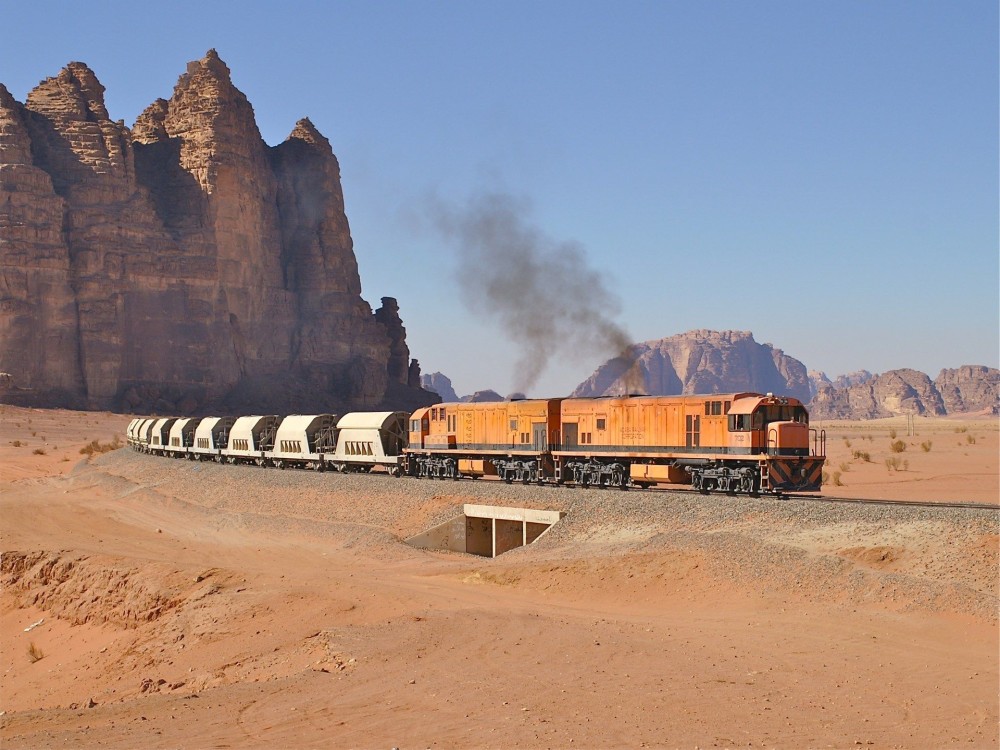
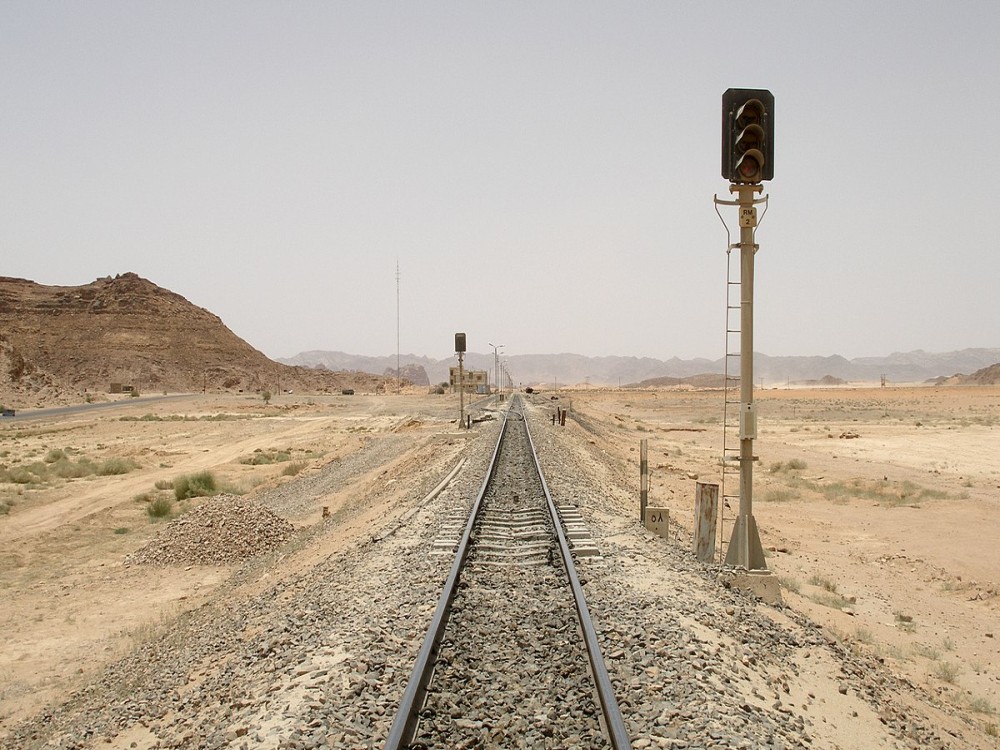
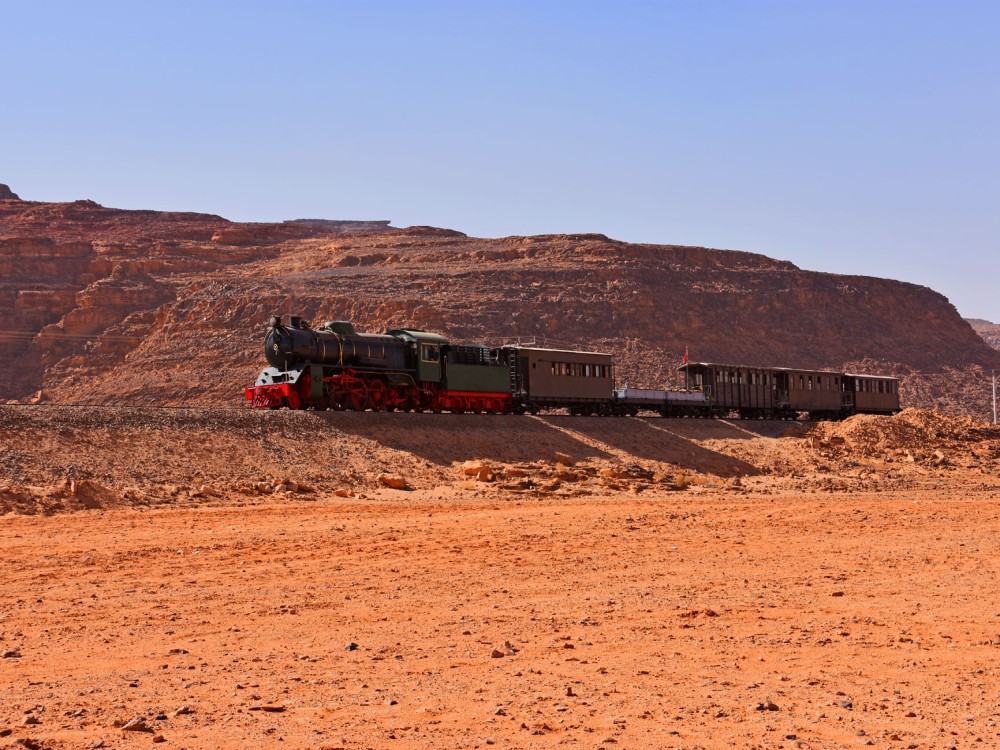


When to Get There
The ideal time to visit the Hejaz Railway Train remains is during the cooler months, from October to April, when temperatures in Wadi Rum are more moderate. Summer months can be scorching, with temperatures often exceeding 40°C (104°F), making it uncomfortable for outdoor exploration. To avoid the heat, aim to visit in the early morning or late afternoon, when the desert is cooler and the light is perfect for photography. During the cooler months, the desert offers a comfortable climate for exploring the historical train wreckage.
Day Trips from Wadi Rum
A visit to the Hejaz Railway Train remains is commonly included in full-day jeep tours of Wadi Rum. These tours typically start from Wadi Rum Village, where you’ll head out into the desert with a local guide. Along the way, you’ll explore the remains of the train, while learning about its significance in the context of the Arab Revolt. Many tours combine a visit to the train with other famous sites like the Seven Pillars of Wisdom, Lawrence's Spring, and various rock formations, making for a rich and varied desert experience. The Hejaz Railway Train stop offers both historical intrigue and a stunning backdrop for desert photography.
Copyright © 2025 All Rights Reserved

Text